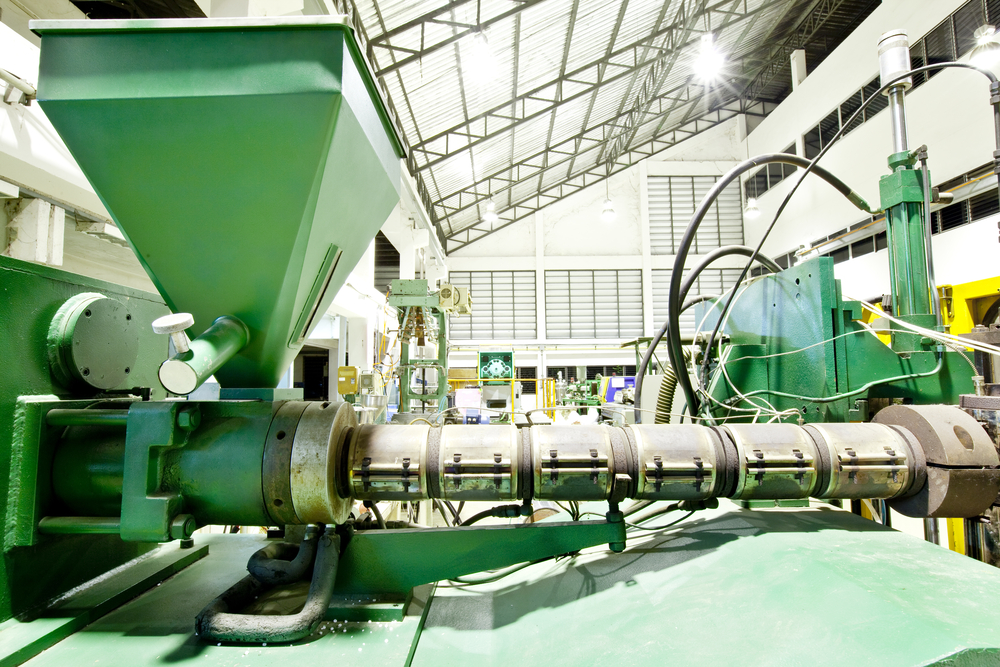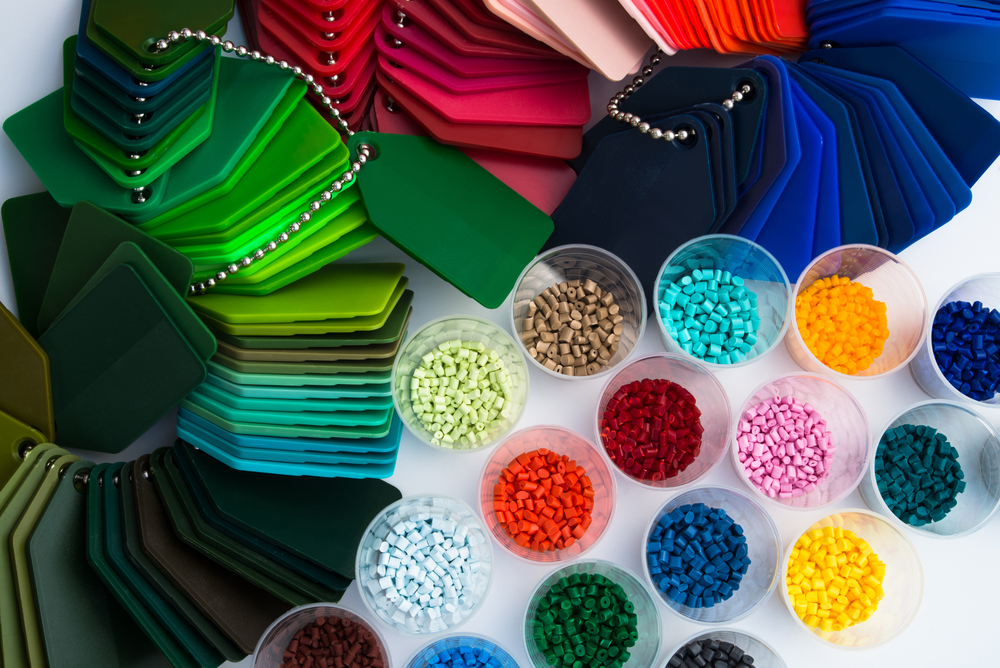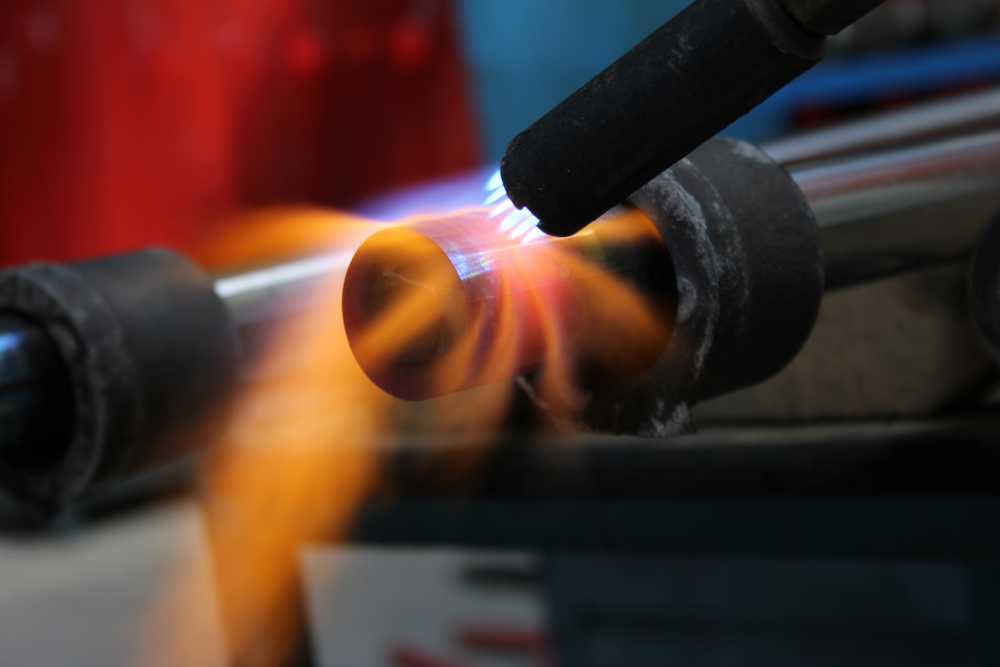Understanding Polymer Science:
Types, Blends, and Processing
Polymer science, a fundamental pillar in material science, shapes countless aspects of modern life. From the everyday plastics that constitute household items to the advanced materials used in high-tech industries, polymers are everywhere.
Types of Polymers: Thermoplastics and Thermosets
Polymers, long chains of molecules, are classified mainly into two categories: thermoplastics and thermosets. Understanding these categories is crucial as they determine the material’s properties and applications.
Thermoplastics
Thermoplastics are polymers that become moldable upon heating and solidify upon cooling. This reversible process allows them to be reshaped multiple times, making them highly versatile and widely used. Common thermoplastics include:
- Polyethylene (PE): Known for its durability and low cost, PE is used in packaging, containers, and plastic bags.
- Polypropylene (PP): With a higher melting point, PP is used in automotive parts, textiles, and reusable containers.
- Polyvinyl Chloride (PVC): Used in construction, piping, and medical devices, PVC is valued for its rigidity and flexibility.
- Polystyrene (PS): Known for its clarity and rigidity, PS is used in disposable cutlery, CD cases, and insulation materials.
Thermosets
Unlike thermoplastics, thermosets undergo a chemical change when heated, creating a three-dimensional network that cannot be remelted or reshaped. This makes them ideal for applications requiring materials that retain their shape under high temperatures and stress. Examples of thermosets include:
- Epoxy Resins: Used in adhesives, coatings, and composite materials due to their strong bonding and resistance to environmental degradation.
- Phenolic Resins: Known for their heat resistance and insulating properties, they are used in electrical components and kitchenware handles.
- Polyurethane: Found in foam seating, insulation panels, and elastomeric wheels, polyurethane is valued for its flexibility and durability.
- Melamine: Used in laminate flooring, kitchenware, and formica, melamine resists heat and chemicals.
Polymer Blends and Composites
Scientists often blend different polymers or create composites to enhance their properties. This results in materials that combine the best attributes of their constituents.
Polymer Blends
Polymer blends are mixtures of two or more polymers, resulting in materials with improved mechanical, thermal, and chemical properties. These blends can be categorized into:
- Miscible Blends: Homogeneous at the molecular level, resulting in single-phase materials with enhanced properties.
- Immiscible Blends: Comprising distinct phases, these blends often require compatibilizers to improve the interface between different polymers.
Common applications of polymer blends include automotive parts, where toughness and impact resistance are crucial, and packaging materials, where barrier properties and flexibility are important.
Polymer Composites
Polymer composites combine polymers with other materials, such as fibers, to create materials with superior strength, stiffness, and durability. The primary types of polymer composites are:
- Fiber-Reinforced Composites: Incorporating fibers like glass, carbon, or aramid, these composites are used in aerospace, automotive, and sports equipment for their high strength-to-weight ratios.
- Particulate Composites: Containing particles dispersed in a polymer matrix, these are used in applications like dental fillings and abrasive materials.
- Nanocomposites: Featuring nanoscale fillers, such as carbon nanotubes or graphene, these composites offer exceptional mechanical, thermal, and electrical properties, finding applications in electronics, medical devices, and advanced engineering materials.
Plastic Extrusion
Extrusion involves forcing molten polymer through a die to create continuous shapes like pipes, sheets, and profiles. This process is highly versatile and used in the production of items ranging from plastic films to complex structural components. In the realm of manufacturing, plastic extrusions play a pivotal role, providing versatile solutions across various industries. The plastic extrusion process involves forcing plastic material through a die to create continuous shapes known as plastic profiles. These custom plastic extrusions are tailored to specific requirements, ensuring precision and quality in plastic profile extrusion. Whether it’s rigid PVC for robust applications or flexible PVC for more adaptable uses, the range of plastic profiles is extensive. From plastic tubing and plastic trim to complex plastic extrusion designs, the possibilities are endless. Advanced plastic extrusion tooling enables the creation of intricate shapes, including rubber extrusions and even aluminum extrusions for hybrid products. The expertise in custom extrusions ensures that every plastic profile meets the unique needs of the customer, enhancing the functionality and aesthetic appeal of the final product.
Injection Molding
Injection molding is a versatile and widely used manufacturing process that enables the production of complex and intricate shapes with high precision. The process begins by melting polymer granules in a heated barrel. This molten polymer is then injected into a mold cavity under high pressure. The mold, which is designed with the desired shape of the final product, is kept at a controlled temperature to ensure proper cooling and solidification of the polymer. Once cooled, the mold opens, and the solidified part is ejected. This method is ideal for high-volume production of parts due to its efficiency and ability to produce consistent, high-quality components. Injection molding is particularly well-suited for producing automotive components, consumer electronics, and medical devices, where precision and repeatability are crucial. The process’s high level of automation reduces labor costs and allows for rapid production, making it a cost-effective solution for manufacturing intricate polymer parts.
Blow Molding
Blow molding is a specialized process used to create hollow objects such as bottles, containers, and tanks. The process begins with the creation of a parison, a tube-like piece of molten polymer. This parison is placed inside a mold, and air is then blown into it, inflating the parison to take the shape of the mold cavity. Blow molding can be categorized into three main types: extrusion blow molding, injection blow molding, and stretch blow molding, each suited to different applications. Extrusion blow molding is commonly used for large containers and industrial parts, while injection blow molding is preferred for smaller, more precise containers like medicine bottles. Stretch blow molding is ideal for producing PET bottles, which are lightweight and strong. This method is highly efficient for mass production of hollow objects and allows for the creation of complex shapes and designs with uniform wall thickness.
Compression Molding
Compression molding is a process widely used for manufacturing large, complex parts that require high strength and durability. In this method, a pre-measured amount of polymer, often in the form of a powder, pellet, or preform, is placed into a heated mold cavity. The mold is then closed, and pressure is applied to shape the material as it melts and flows to fill the mold cavity. The polymer is then cooled and solidified before the mold is opened, and the finished part is removed. Compression molding is particularly effective for producing components such as automotive body panels, electrical insulators, and various composite parts. This process is advantageous for materials that are difficult to process using other methods, such as thermosetting polymers, which undergo a chemical change during molding that prevents them from being remelted. Compression molding provides excellent mechanical properties and is ideal for producing parts with high strength and resistance to heat and chemicals.
Thermoforming
Thermoforming is a versatile process used to shape plastic sheets into three-dimensional forms. The process involves heating a plastic sheet until it becomes pliable, then forming it over a mold using vacuum, pressure, or mechanical force. The plastic sheet is clamped into a frame, heated to the desired forming temperature, and then drawn over the mold. Vacuum thermoforming uses a vacuum to pull the sheet tightly against the mold, while pressure thermoforming uses compressed air to push the sheet into the mold. Mechanical thermoforming employs mechanical force to press the sheet into the mold. Thermoforming is commonly used for packaging applications, such as blister packs, clamshells, and disposable cups, as well as automotive interior components and appliance housings. This process is favored for its ability to produce large parts with thin walls and detailed surface features, offering a cost-effective solution for creating lightweight and durable plastic products.




